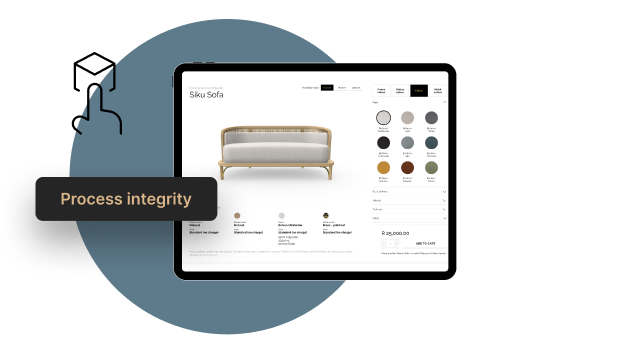Manual errors in quoting are killing your margins, slowing you down, and frustrating your clients. Even a small oversight—whether it’s misjudging material quantities, labor hours, or overlooking specific project details—can lead to costly mistakes. These errors not only impact your bottom line but can also harm your reputation, causing delays or dissatisfaction with your customers. However, here are 5 ways to tighten up your quoting process right now without blowing your budget:
- Standardize Your Templates: If every quote looks different, mistakes are bound to happen. Use a single, consistent template for all quotes that includes pre-calculated material costs, labor estimates, and common project details. Even if you’re working in Excel, there’s plenty you can do to streamline the process. Create a master spreadsheet with all material prices and the most common unit variations you use. Set up formulas that automate as much of the quoting process as possible. Each time you find yourself manually entering a figure, ask yourself why. Look for ways to calculate it automatically based on existing input data, rather than relying on manual entry and double-checking the math.
- Create a Checklist: Every project has its nuances, but 80% of what you’re quoting is probably the same. Create a simple, easy to use checklist to follow with every quote, covering all the basics: measurements, material types, labor hours, and delivery fees. A checklist ensures you don’t miss anything.
- Double-Check Critical Numbers: Establish a rule: key figures, such as total material costs or square footage, must be double-checked by a second person before the quote is sent out. This simple step takes just a couple of minutes but can save hours of headaches later. Clearly define and document the critical numbers that need verification, and ensure your team knows each estimate must be co-signed to confirm accuracy. Keep it focused—limit the double-check process to only the most essential values. You don’t want two employees spending unnecessary time reviewing the same quote in full.
- Train Your Team: This one’s obvious, but often overlooked—make sure your team actually understands the pricing structure. The fewer questions they need to ask you, the fewer mistakes they’ll make. It’s a no-brainer, but it works
- Introduce an Online Builder Tool: If you’re tired of manually quoting every request, it’s time to implement an online builder tool. A 3D configurator allows customers to input their own specifications—like dimensions, materials, and finishes—instantly providing a ballpark estimate. This not only saves you hours of back-and-forth but also helps filter out those who aren’t serious about moving forward. Customers can experiment with options, and you only step in when they're ready to get down to business. It’s a win-win: fewer errors for you and a smoother, more efficient process for everyone.
While custom-built configurators can be costly—especially for complex, bespoke orders like cabinets, closets, or shelving systems—Ar-range offers cost-effective, out of the box a solution. Parametric Configurator is designed specifically for intricate furniture systems, is easy for customers to use, and comes equipped with a vast library of commercially available decors. You get a professional-grade tool without the hefty price tag.




